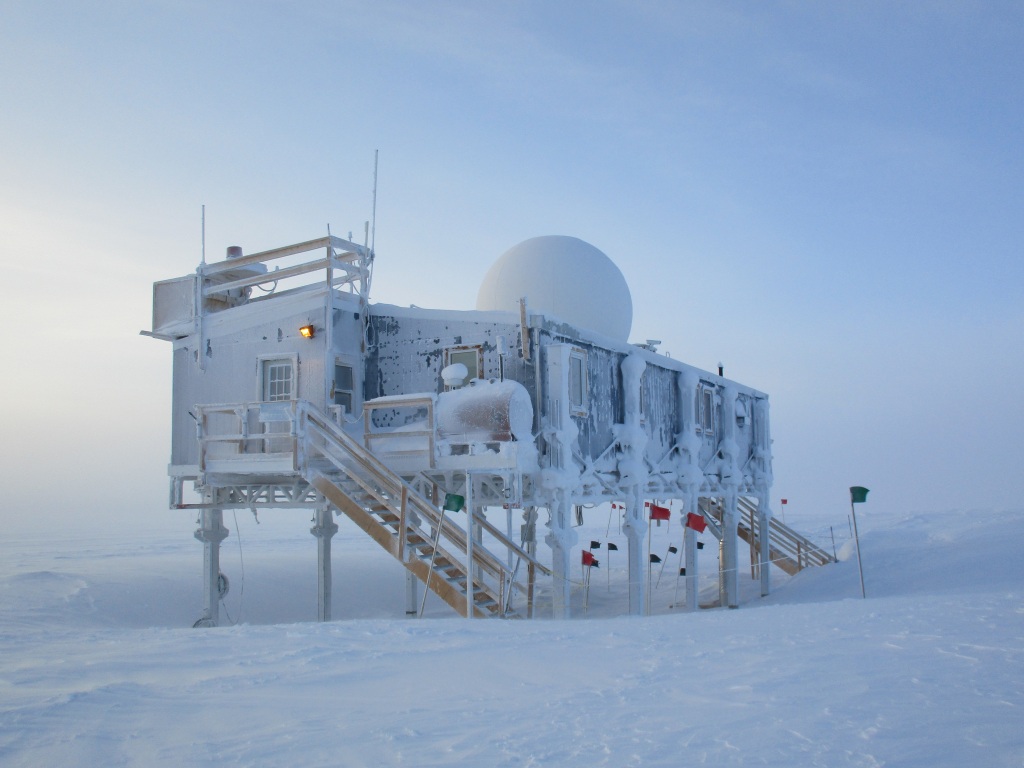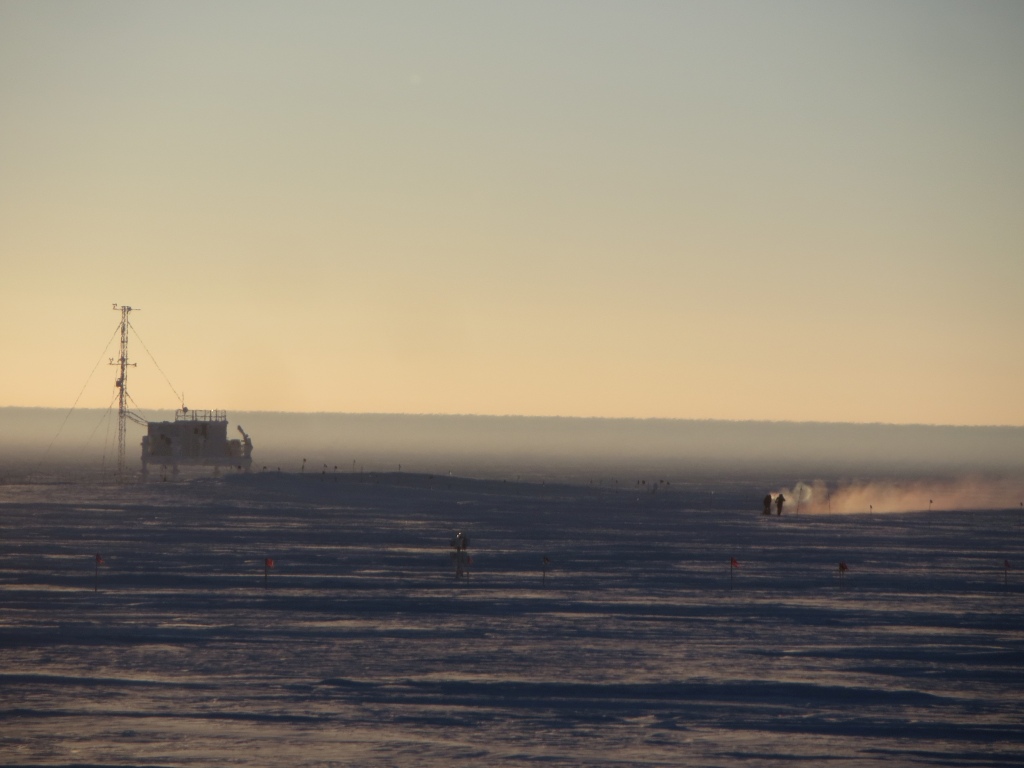Summit Station
Address
Summit Station Science Coordination OfficeStation manager
Sam DorsiE-mail: sam@polarfield.com
Station Features
Opening year: 1989 Status: OpenFacilities
Station name and owner
Summit Station is funded by the US National Science Foundation (NSF) and operated by Battelle Arctic Research Operations (ARO) with guidance from the Science Coordination Office (SCO).
Location
Summit Station (72°36’ N, 38°25’ W), is a research platform located near the apex of the Greenland ice sheet, at an altitude of 3210 meters. It is located within Kalaallit Nunaanni nuna eqqissisimatitaq: the Northeast Greenland National Park. As the largest national park in the world, it protects 972,000 square km of inland ice and glaciers, as well as adjoining coastal land areas.
Climate data
Grey colours are WMO Climate Normals including maximum and minimum values. Blue colours are individual years.
Climate data for the stations where extracted via Copernicus Climate Data Store, from the global gridded reanalysis product: ERA5 monthly averaged data on single levels from 1940 to present. Description and source code: Roemer J.K. 2023. https://doi.org/10.5281/zenodo.10214922 Data Source: Hersbach et al. 2023. Copernicus Climate Change Service (C3S) Climate Data Store (CDS), https://doi.org/10.24381/cds.f17050d7
Biodiversity and natural environment
Summit Station is located onthe high polar plateau of the Greenland ice sheet. The station is in the accumulation zone of the ice sheet; it experiences approximately 0.7 meters of snow accumulation per year. The effective pressure altitude ranges from 11,000 to 13,000 feet. Temperatures range from -88 F in the winter to approximately 32 F in the summer. Wind speeds in the summer are generally mild, but can exceed 40 knots during storm events. In the wintertime, sustained wind speeds have been recorded in excess of 70 knots. The nearest exposed land is approximately 400 km away. Summit Station offers access to a high-elevation, high-latitude, low-water-vapor, and year-round-supported location. This facilitates access to otherwise challenging-to-measure components of the earth system. The facility is currently the highest elevation research station located north of the Arctic Circle.
History and facilities
Summit Station was established for the collection of the Greenland Ice Sheet Project 2 (GISP2) ice core. At that time, seasonal campaigns were undertaken to measure atmospheric components, in order to improve the interpretation of the ice core records. Recognition of the value of observations at the site led to intensive measurement campaigns, and eventually continuous year-round staffed research activities since 2003. Summit Station has become a world-class Arctic observatory as part of the Arctic Observing Network (AON) and the International Arctic Systems for Observing the Atmosphere (IASOA) network. The station facilities consist of a combination of permanent year-round science and operations structures, as well as seasonal structures to accommodate summertime research campaigns and maintenance. The station serves a seasonal population of up to 45 staff and researchers during the months of April - September, and a staff of 4-6 staff during October - March.
General research and databases
A wide variety of research projects have been conducted at Summit Station since its establishment in 1989. Summit Station has developed into an interdisciplinary research hub supporting a wide range of scientific research on a year-round basis. These include meteorology, glaciology, atmospheric chemistry, astrophysics, and more. In addition to investigator-driven projects, Summit Station also supports longer-term year-round observations of key baseline variables of climate change at the site. A table of current measurements, publications and contacts by which to access Summit Station datasets can be found at the GEOSummit website: www.geo-summit.org
Station Monitoring
Human dimension
The nearest local community to Summit Station is Ilulissat at a distance of 593 km. The Summit Station research community collaborates with researchers in Greenland, Denmark, and across the world.
Access
Research access to Summit Station is managed by the US National Science Foundation. Information on requesting access and logistical support is available at the Battelle Arctic Gateway: https://battellearcticgateway.org/program-information Researchers must also meet the science permitting requirements of the Government of Greenland. Physical access for researchers and cargo is provided via Kangerlussuaq, Greenland, on Hercules LC-130 aircraft operated by the New York Air National Guard 109th Airlift Wing (NYANG-109), as well as other ski-equipped aircraft. A 4877-meter-long snow runway is groomed for summertime flight operations. The station can also be accessed via surface traverses.



